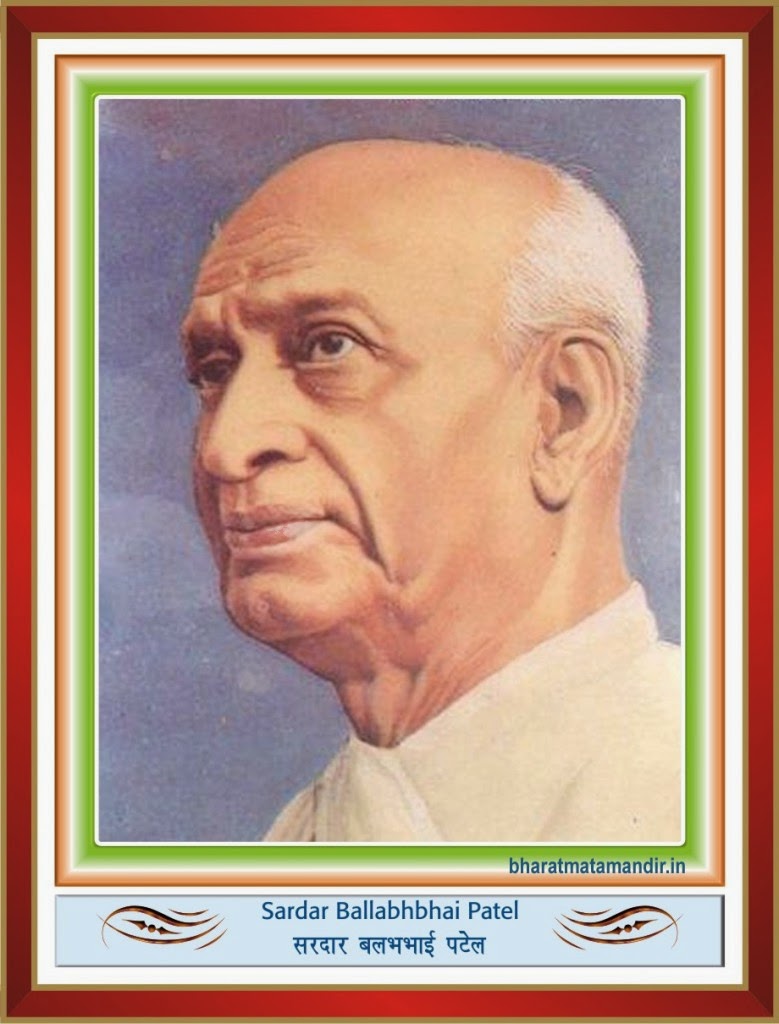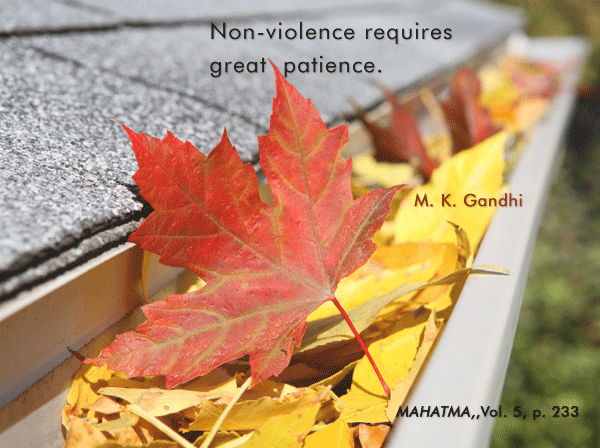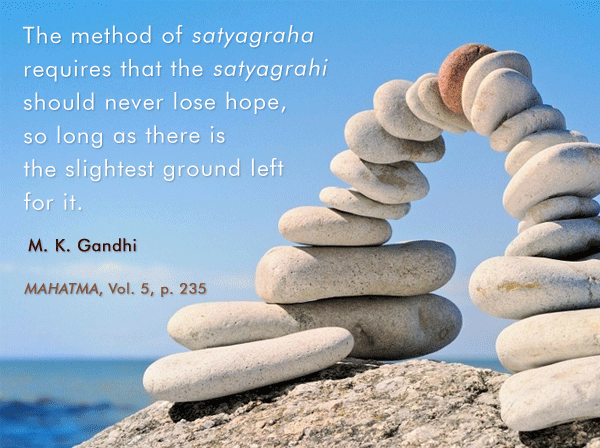The invisible presence :
The Hindu
01/08/2013.
OPINION » COLUMNS » HARSH MANDER
July 27, 2013
BAREFOOT
The invisible presence :
BY HARSH MANDER
It is a fallacy that the elderly are a burden. Many old people are not dependent on anyone, but self-reliant and contributing workers and family members :
Millions of old people do work that gives them dignity, autonomy, respect and a sense of continued social and economic relevance. Old people are living much longer today than they were a couple of generations back. Life expectancy at the time of Independence was 35 years. Today it is 67 years. People are not only living to older ages; they are, for many more years, healthier in body and mind and, therefore, fit and willing to work.
However, despite evidence of useful work by many old people, it is routine for planners, scholars, even lay people to routinely speak of old people as a “burden”. We speak of the “working age group” as between 15 and 59 years, and assume that people below and above this age are “dependent”. It is fitting that children below 18 should be dependent and not in work, and there is evidence that even impoverished people are today making many sacrifices to keep their children longer in school. But the same does not apply to poor older people. They are in fact not “dependent” on their children until they are much deeper into old age. Many old people work so that their grandchildren can study, or their daughters-in-law can go out and earn. They often continue to work until only days, weeks or months prior to death.
Anthropologist Penny Vera-Sanso, who has done two decades of fieldwork among poor urban populations in Tamil Nadu, contests the mainstream narrative that assumes that poor families are breaking down and neglecting the aged, and that among them new relations are being created between old and young people based on “instrumentality, negligence or a loss of culture”. She suggests instead that as a result of poverty, low-end work, low savings and a small asset base, there has always been a requirement for old people to continue to work as long as they can, to enhance the economic survival of the entire family, and that much of this is voluntary. She finds many poor families are not simply of three generations but sometimes of five, because of early marriage and pregnancies; therefore inter-generational patterns of upward and downward care are much more complex than in middle class households.
What India is witnessing today is a demographic transition resulting from lower mortality and reducing fertility. This has fostered, on the one hand, the “youth bulge” or a large young population. But it also results in a rapidly growing ageing population as well because people live longer. The population above 60 years in India today is eight per cent, but demographers estimate that this will rise to 19 per cent by 2050, comparable to European countries today. This is often interpreted as a problem of rising “burden” of old-age dependency, on families as much as the larger economy. What this neglects is the reality that many old people are not dependent on anyone, but self-reliant and contributing workers and family members. Based on NSSO data of 2004-05, scholars estimate that 38 per cent of people above the age of 60 were working (likely an under-estimate because a lot of work by the aged is invisible). They constituted almost exactly the share old people had in the total population. If workforce participation of old people keeps pace with their share in the population, why should they be regarded “burdens”?
Old people’s work is invisible and devalued, just as women’s work has long been. By this same coin, the most invisible of all work is of older women. This invisibility allows the myth to persist that old people are “burdens”, but also results in conditions of old people’s work being even more unprotected and exploitative than the work of younger people.
In order to acknowledge, celebrate, even excavate the extent and range of work undertaken by old people in India, anthropologist Vera-Sanso, Birkbeck, University of London, and human rights worker V. Suresh, Centre for Law, Policy and Human Rights Studies joined hands with The Hindu to organise a photo-competition of working old people. With more than 2,600 photographs entered, this has become, in the words of the organisers, “a permanent online record of older people’s work from across India’s mountains, plains, deserts, coasts, villages, towns and cities — an irrefutable documentation of what older people do and how they contribute to the economy, both locally and nationally”. The “unthinking denigration of older people’s work as “passing time”, “helping out” or “just...” are now revealed to be more fiction than fact.”
The great merit of this online photo archive, created often by young contestants, is that it encourages us to actually “see” work by old people around us which we view daily but do not notice. The photographs are vivid testimony to the endurance and economic contributions of the aged. We encounter, for instance, an elderly guide amid the snows of Gulmarg, senior forest-gathering tribal folk, old women and men in river and sea fishing, in ploughing, harvesting and cutting coconut trees, in craft making baskets, pottery, carpentry, metal work, in house construction, transport, vending, shopkeepers, making food in homes and road-side eateries, washing cars and gardening. We see them as security guards, domestic workers, temple priests and child-carers. There are interesting commentaries by the photographers. One discovers that “begging is a kind of work”. Another learns about unappreciated domestic work. Many testify to old people’s longing to work. Persistence is also on display — such as a woman on an empty city street “staying till she sells her last four balloons to feed her family”. We discover multitudes of old people everywhere diligently engaged in productive work who we assumed to be “dependent”.
The time is overdue when we must recognise old people’s work, protect their rights as workers, and support them with a universal pension not less than half minimum wages. And above all, free them from the humiliating labels of “burden” and “dependency”.
01/08/2013.
OPINION » COLUMNS » HARSH MANDER
July 27, 2013
BAREFOOT
The invisible presence :
BY HARSH MANDER
It is a fallacy that the elderly are a burden. Many old people are not dependent on anyone, but self-reliant and contributing workers and family members :
Millions of old people do work that gives them dignity, autonomy, respect and a sense of continued social and economic relevance. Old people are living much longer today than they were a couple of generations back. Life expectancy at the time of Independence was 35 years. Today it is 67 years. People are not only living to older ages; they are, for many more years, healthier in body and mind and, therefore, fit and willing to work.
However, despite evidence of useful work by many old people, it is routine for planners, scholars, even lay people to routinely speak of old people as a “burden”. We speak of the “working age group” as between 15 and 59 years, and assume that people below and above this age are “dependent”. It is fitting that children below 18 should be dependent and not in work, and there is evidence that even impoverished people are today making many sacrifices to keep their children longer in school. But the same does not apply to poor older people. They are in fact not “dependent” on their children until they are much deeper into old age. Many old people work so that their grandchildren can study, or their daughters-in-law can go out and earn. They often continue to work until only days, weeks or months prior to death.
Anthropologist Penny Vera-Sanso, who has done two decades of fieldwork among poor urban populations in Tamil Nadu, contests the mainstream narrative that assumes that poor families are breaking down and neglecting the aged, and that among them new relations are being created between old and young people based on “instrumentality, negligence or a loss of culture”. She suggests instead that as a result of poverty, low-end work, low savings and a small asset base, there has always been a requirement for old people to continue to work as long as they can, to enhance the economic survival of the entire family, and that much of this is voluntary. She finds many poor families are not simply of three generations but sometimes of five, because of early marriage and pregnancies; therefore inter-generational patterns of upward and downward care are much more complex than in middle class households.
What India is witnessing today is a demographic transition resulting from lower mortality and reducing fertility. This has fostered, on the one hand, the “youth bulge” or a large young population. But it also results in a rapidly growing ageing population as well because people live longer. The population above 60 years in India today is eight per cent, but demographers estimate that this will rise to 19 per cent by 2050, comparable to European countries today. This is often interpreted as a problem of rising “burden” of old-age dependency, on families as much as the larger economy. What this neglects is the reality that many old people are not dependent on anyone, but self-reliant and contributing workers and family members. Based on NSSO data of 2004-05, scholars estimate that 38 per cent of people above the age of 60 were working (likely an under-estimate because a lot of work by the aged is invisible). They constituted almost exactly the share old people had in the total population. If workforce participation of old people keeps pace with their share in the population, why should they be regarded “burdens”?
Old people’s work is invisible and devalued, just as women’s work has long been. By this same coin, the most invisible of all work is of older women. This invisibility allows the myth to persist that old people are “burdens”, but also results in conditions of old people’s work being even more unprotected and exploitative than the work of younger people.
In order to acknowledge, celebrate, even excavate the extent and range of work undertaken by old people in India, anthropologist Vera-Sanso, Birkbeck, University of London, and human rights worker V. Suresh, Centre for Law, Policy and Human Rights Studies joined hands with The Hindu to organise a photo-competition of working old people. With more than 2,600 photographs entered, this has become, in the words of the organisers, “a permanent online record of older people’s work from across India’s mountains, plains, deserts, coasts, villages, towns and cities — an irrefutable documentation of what older people do and how they contribute to the economy, both locally and nationally”. The “unthinking denigration of older people’s work as “passing time”, “helping out” or “just...” are now revealed to be more fiction than fact.”
The great merit of this online photo archive, created often by young contestants, is that it encourages us to actually “see” work by old people around us which we view daily but do not notice. The photographs are vivid testimony to the endurance and economic contributions of the aged. We encounter, for instance, an elderly guide amid the snows of Gulmarg, senior forest-gathering tribal folk, old women and men in river and sea fishing, in ploughing, harvesting and cutting coconut trees, in craft making baskets, pottery, carpentry, metal work, in house construction, transport, vending, shopkeepers, making food in homes and road-side eateries, washing cars and gardening. We see them as security guards, domestic workers, temple priests and child-carers. There are interesting commentaries by the photographers. One discovers that “begging is a kind of work”. Another learns about unappreciated domestic work. Many testify to old people’s longing to work. Persistence is also on display — such as a woman on an empty city street “staying till she sells her last four balloons to feed her family”. We discover multitudes of old people everywhere diligently engaged in productive work who we assumed to be “dependent”.
The time is overdue when we must recognise old people’s work, protect their rights as workers, and support them with a universal pension not less than half minimum wages. And above all, free them from the humiliating labels of “burden” and “dependency”.



Comments